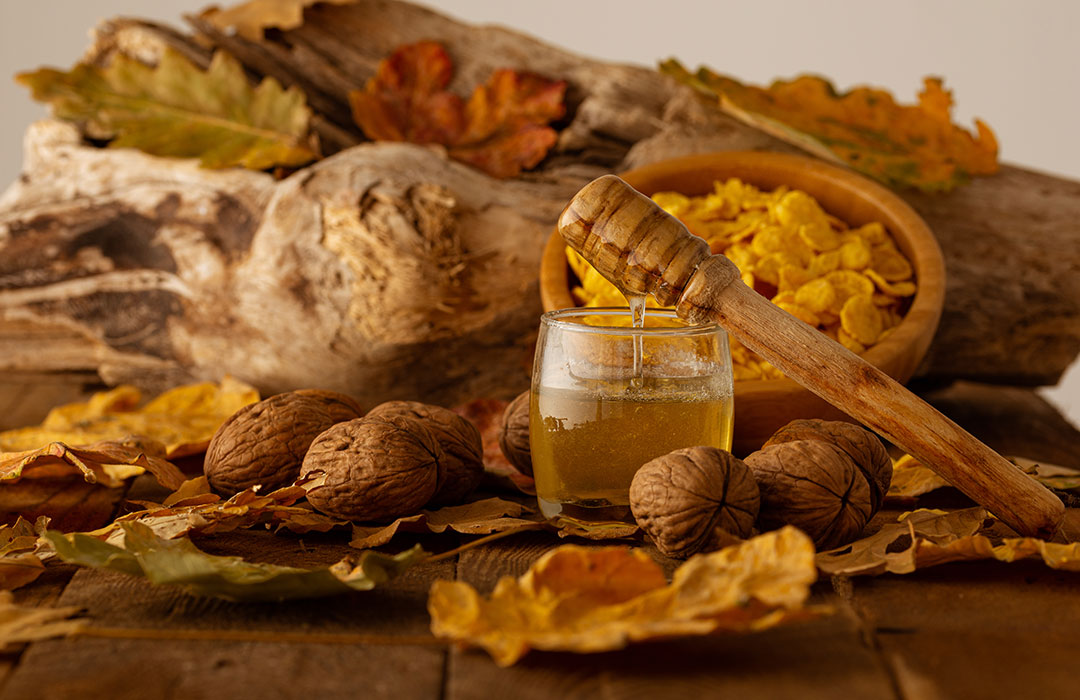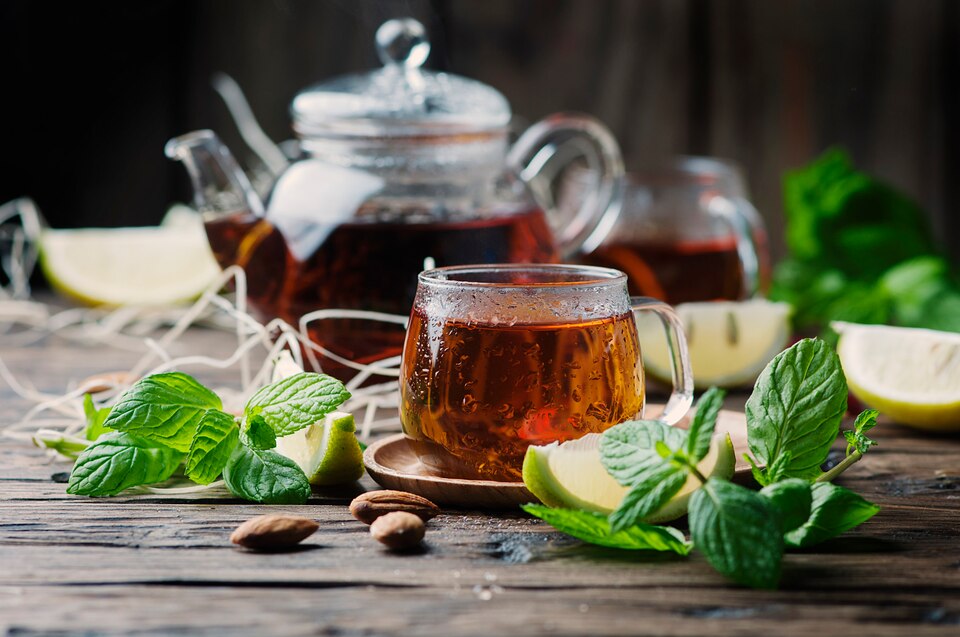Introduction
Are you one of the individuals who experience an allergic reaction when consuming maple syrup? If so, you’re not alone. Maple syrup allergy affects many people worldwide, and managing it effectively can greatly improve your quality of life. In this comprehensive guide, we will explore practical strategies and everyday tips to help you navigate life with a maple syrup allergy. From understanding the symptoms to making dietary adjustments, we’ve got you covered.
Understanding Maple Syrup Allergy
Maple syrup allergy is an adverse reaction when the immune system mistakenly identifies proteins in maple syrup as harmful substances. This triggers an allergic response, leading to various symptoms. While rare, this allergy can significantly impact an individual’s daily life.
Common Symptoms and Allergic Reactions
When someone with a maple syrup allergy consumes the syrup or foods containing it, they may experience various symptoms. These can include:
- Itchy skin and hives
- Swelling of the lips, tongue, or throat
- Nausea, vomiting, or stomach cramps
- Difficulty breathing or shortness of breath
- Dizziness or lightheadedness
- Diarrhea
Diagnosing Maple Syrup Allergy
If you suspect that you have a maple syrup allergy, it is essential to seek medical advice for an accurate diagnosis. A healthcare professional can evaluate your symptoms, perform allergy tests, and determine the specific allergen causing your reaction. Diagnosis may involve skin prick tests, blood tests, or oral food challenges.
Treatment
If you or someone you know has been diagnosed with a maple syrup allergy, it is essential to understand the available treatment options to manage the condition effectively. While there is no cure for allergies, various strategies can help alleviate symptoms and minimize the risk of severe reactions. It’s important to remember that consulting with a healthcare professional is crucial for personalized guidance and determining the best approach for your specific case.
- Avoidance of Maple Syrup and Maple-Containing Products: The primary and most crucial step in managing a maple syrup allergy is to avoid all sources of maple syrup and products that contain it. This includes maple-flavored foods, candies, syrups, and certain beverages. Always read ingredient labels carefully and be vigilant about cross-contamination in restaurants and food processing facilities.
- Education and Allergen Awareness: Educate yourself and those around you about the symptoms and risks of maple syrup allergy. Ensure family members, friends, teachers, and coworkers know your allergy and what to do in an emergency. Wearing a medical alert bracelet can be beneficial, especially for severe cases.
- Epinephrine Auto-Injectors (EpiPens): For individuals with a history of severe allergic reactions (anaphylaxis), carrying an epinephrine auto-injector is vital. An EpiPen can be life-saving during an allergic reaction, as it helps to reverse the symptoms quickly and provides precious time to seek emergency medical attention. Ensure you and those close to you know how to use the auto-injector properly.
- Antihistamines: Antihistamines are medications commonly used to relieve mild allergy symptoms, such as hives, itching, sneezing, and a runny nose. They work by blocking the action of histamine, a chemical released during an allergic reaction. Non-drowsy options are available, making them suitable for daily use.
- Steroids: In more severe cases, healthcare professionals may prescribe corticosteroids to reduce inflammation and suppress the immune response triggered by the allergic reaction. These are typically used for short periods and under close medical supervision due to potential side effects.
- Allergen Immunotherapy (Desensitization): In some cases, allergen immunotherapy may be considered. This involves receiving controlled and gradually increasing doses of the allergen (maple syrup proteins, in this case) to build tolerance over time. However, this type of treatment is not widely available for food allergies and is usually reserved for environmental allergens.
- Emergency Action Plan: Work with your healthcare provider to develop an emergency action plan outlining steps to take in case of accidental exposure to maple syrup or a severe allergic reaction. This plan should be accessible to you, your family, and anyone else needing assistance during an emergency.
Always remember that managing a maple syrup allergy requires diligence, awareness, and proactive measures. By implementing these practical strategies and seeking professional guidance, individuals with a maple syrup allergy can lead fulfilling lives while minimizing the impact of their allergies on their everyday experiences.
Reading Food Labels: A Guide for Allergy Management
When you have a maple syrup allergy, reading food labels becomes an essential skill. Look out for ingredients such as “maple syrup,” “maple sugar,” “maple extract,” and other variations. Additionally, be cautious of terms like “natural flavorings” or “natural sweeteners,” as they could include maple syrup. It’s crucial to remain vigilant and seek clarification when uncertain.
Maple Syrup Alternatives: Exploring Options
Although maple syrup is a popular sweetener, numerous alternatives can add a similar flavor and sweetness to your dishes. Some common maple syrup substitutes include:
- Honey: A natural sweetener with a distinct flavor profile.
- Agave nectar: A sweetener derived from the agave plant with a mild taste.
- Date syrup: Made from dates, this syrup offers a rich, caramel-like flavor.
- Brown rice syrup: A thick and sweet syrup made from brown rice.
- Molasses: A byproduct of the sugar refining process, molasses has a robust flavor.
Experimenting with these alternatives can help you find a suitable replacement for maple syrup in your favorite recipes.
Coping with Maple Syrup Allergy in Social Situations
Managing a maple syrup allergy in social settings can be challenging, but it’s important not to let it hinder your enjoyment. When attending gatherings or dining out, consider taking the following steps:
- Communicate your allergy: Inform your friends, family, and restaurant staff to ensure they understand the severity and can accommodate your needs.
- Bring your food: If you’re unsure about the ingredients or cross-contamination risks, bringing your meals or snacks to social events is always wise.
- Educate others: Raise awareness about maple syrup allergy by explaining the condition and its implications. This can help others understand and support your needs.
Traveling with a Maple Syrup Allergy
Traveling with a maple syrup allergy requires careful planning and preparation to ensure a safe and enjoyable experience. Consider the following tips:
- Research your destination: Learn about the local cuisine and ingredients commonly used in the region. This knowledge will help you identify potential sources of maple syrup and make informed choices.
- Pack allergy-friendly snacks: To avoid being caught hungry in unfamiliar surroundings, pack a variety of snacks you know are safe for your allergy.
- Carry necessary medications: Remember to bring any prescribed medications, such as antihistamines or an epinephrine auto-injector, in case of an allergic reaction.
Managing Maple Syrup Allergy in Children
Caring for a child with a maple syrup allergy requires additional attention and vigilance. Here are some practical strategies for managing their allergy:
- Educate your child: Teach them about their allergy, what they should avoid, and how to communicate their needs to others.
- Inform schools and caregivers: Ensure your child’s school, daycare, or other caregivers know about their allergies. Provide them with necessary instructions and emergency contact information.
- Pack safe snacks: Pack allergy-friendly snacks when sending your child to events or activities to ensure they have safe options.
Recipes and Cooking Tips for Maple Syrup-Free Diet
Adapting to a maple syrup-free diet doesn’t mean sacrificing flavor or enjoyment in your meals. Here are a few recipe ideas and cooking tips to inspire you:
- Banana oat pancakes: Create delicious pancakes using mashed bananas, oats, and a sweetener.
- Roasted sweet potatoes: Toss sweet potato wedges with olive oil, salt, and spices, then roast until golden and tender.
- Balsamic-glazed salmon: Drizzle salmon fillets with balsamic vinegar, olive oil, and herbs, then bake until cooked.
- Homemade granola: Make your granola using a combination of oats, nuts, seeds, and a sweetener like honey or agave nectar.
Remember to adapt recipes to suit your taste preferences and dietary needs.
Seeking Support: Allergy Communities and Resources
Connecting with others who share your experience can provide valuable support and resources. Joining allergy communities or support groups can offer insights, tips, and a sense of belonging. Additionally, online platforms and reputable allergy websites provide reliable.
Frequently Asked Questions about Maple Syrup Allergies
-
Can you be allergic to maple syrup?
Yes, individuals can be allergic to maple syrup. Allergies occur when the immune system reacts negatively to certain substances. While maple syrup allergies are rare, they can still occur in some people.
-
How common is a maple allergy?
Maple syrup allergies are considered to be uncommon. Allergic reactions to maple syrup are less prevalent than allergies to everyday food like nuts, dairy, or shellfish. However, individual susceptibility can vary; some may experience allergic reactions to maple syrup.
-
Is maple syrup a tree nut allergy?
No, maple syrup is not considered a tree nut allergy. Maple syrup is derived from the sap of maple trees and does not come from nuts. Tree nut allergies are specific to the proteins in various tree nuts, such as almonds, walnuts, or cashews. However, an individual can have a tree nut allergy and a separate maple syrup allergy.
-
Can kids be allergic to maple syrup?
Yes, children can potentially develop allergies to maple syrup. Although maple syrup allergies are uncommon, children can be susceptible to various food allergies, including maple syrup. It is important for parents and caregivers to be aware of potential food allergies in children and to monitor their reactions when introducing new foods.
-
Can babies eat maple syrup?
It is generally recommended to avoid introducing maple syrup or any sweeteners, including honey and corn syrup, to babies before they are 12 months old. Their digestive systems are still developing, and sweeteners may not suit their delicate systems. Additionally, maple syrup, like honey, carries a small risk of containing bacteria that can harm infants. It is advisable to consult with a pediatrician before introducing new foods, including maple syrup, to a baby’s diet.
Conclusion
Living with a maple syrup allergy may present challenges, but with practical strategies and knowledge, you can confidently navigate everyday life. By understanding the allergen, identifying hidden sources, and exploring suitable alternatives, you can effectively manage your allergy and still enjoy a varied and delicious diet.
Remember to communicate your needs to others, educate yourself and those around you about the allergy, and always be prepared with the necessary medications. You can lead a fulfilling life while managing your maple syrup allergy with a positive mindset and the right tools.




